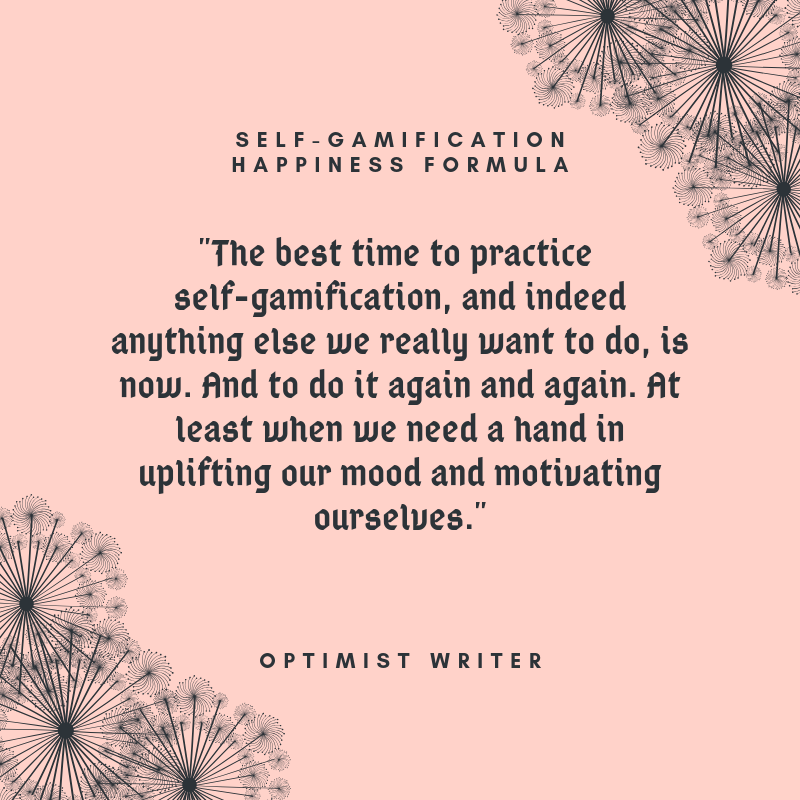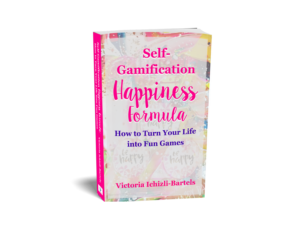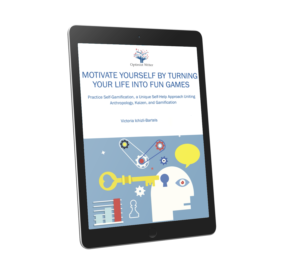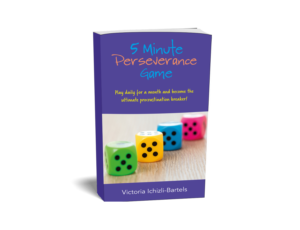Reading time: 5 minutes
When I first embarked on the adventure with Gameful Project Management, I couldn’t find many resources on approaching project management gamefully. I was searching for the following combination of words “gameful project management.” (See “Gameful Project Management: A New Blog Series Now, and Later More”.)
A bit later, still not believing there was nothing on it when there were so many gamified software solutions for project management out there, I searched for the combination of words “project management gamification.” And sure enough, there were many articles, at least one master thesis, and various books addressing the topic of project management and gamification one way or another.
I started reading eagerly, determined to learn from, and quote as many of the sources as possible.
But the more I read, the more I felt I was moving in the “wrong” direction. A quote by the award-winning authors Ariel and Shya Kane, whom I mentioned in the post “GPM and the Synergy of Three,” came to mind. They once said, “We have come to realize if we are not having fun, we are moving in the wrong direction.”
So I wondered, why reading about gamification and project management didn’t seem exciting and fun for me, even if I was very interested in the topic? Was I maybe mistaken thinking that Gameful Project Management and project management gamification were the same thing?
As I continued to read and learn, trying to approach the learning process anthropologically, in other words, non-judgmentally, I came across a gamification definition that gave me a key to my puzzle.
Here is this definition:
Gamification “is simply applying the techniques used in games in non-gaming contexts, in order to increase the involvement in the activities.”*
The addition in for of the words “in order to increase the involvement in the activities” to the classical definition of gamification** opened my eyes to the difference between gamification and a gameful approach to project management.
Here it is. Gamification has as its purpose of using game elements to improve one or more parameters in an organizational unit, wherever or whatever it might be.
However, the wish to change or manipulate something into changing, like to improve something, would be an impediment to turning your projects and project management into fun for you and all involved games. Because you won’t be simply playing a game. You will be too “stressed out” trying to achieve your goal. No game elements will make such an activity fun. (We addressed improvement in “GPM: Achieving Improvement Without Forcing It”).
When you choose to play a “traditional” game (those you want to play to have fun), you rarely try to improve your current situation or reach a certain outcome in any of your projects or your life.
You just play the game and enjoy it.
It is true that by choosing to play a fun game, you might be looking for improving your mood, but not in order to manipulate the status of your projects (or your life) in any way.
And as soon as you play the game, or start learning its description, your attention will shift from wanting to improve your mood to the goal and the rules of the game in front of you.
Thus, Gameful Project Management is the same as the gamification process of project management. It is not about distracting you from work either, although once in a while, having a healthy break could be beneficial.
It is about cultivating an ability to see what you do in your project and project management as a fun game (we will address this later in more detail). You both design AND play this game. So, Gameful Project Management is about giving you tools for supporting yourself in your work and bringing fun factor into your projects without trying to manipulate its outcome.
I am wondering whether this approach might be the solution for the current challenges the gamification solution designers face when they try to sell their products and services to their customers. Their customers and in some cases, the solution designers themselves too, don’t see their work and their projects as games. But this ability can help us all put the drama we tend to create about projects aside and instead find inspiration in games and bring their lightness, fun, and joy factors in whatever we do.
I know from experience that it is possible and easily achievable.
Here is how. Both providers of gamified solutions and customers, need to study themselves and each other, as well as their interactions anthropologically, that is non-judgmentally and with utter interest. And along with that, play games of designing and playing their project (and project management) games while using (and considering) the gamified solutions like exciting game gadgets and feedback systems, which they are.
P.S. Gameful Project Management doesn’t result in Serious Games either. I will address this topic in the next post.
References:
* https://twproject.com/blog/project-management-gamification-using-games-project-management/
** Gamification is “the use of game design elements in non-game contexts” — Deterding, S., Dixon, D., Khaled, R., & Nacke, L. (2011). From game design elements to gamefulness: defining gamification. In Proceedings of the 15th international academic MindTrek conference: Envisioning future media environments (pp. 9-15). ACM.
If you want to learn more:
Sign up to Optimist Writer’s Blog to follow the Gameful Project Management series.
Check out my coaching and consulting services to work directly with me.
Take a look into my book Self-Gamification Happiness Formula.
Go to this link for the list of all the resources I offer on Self-Gamification.





